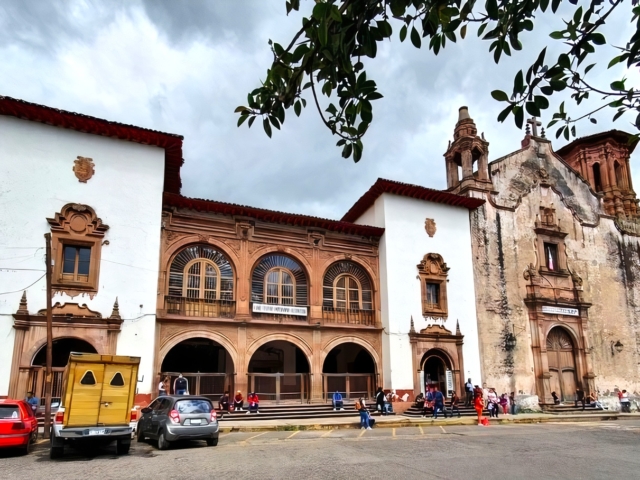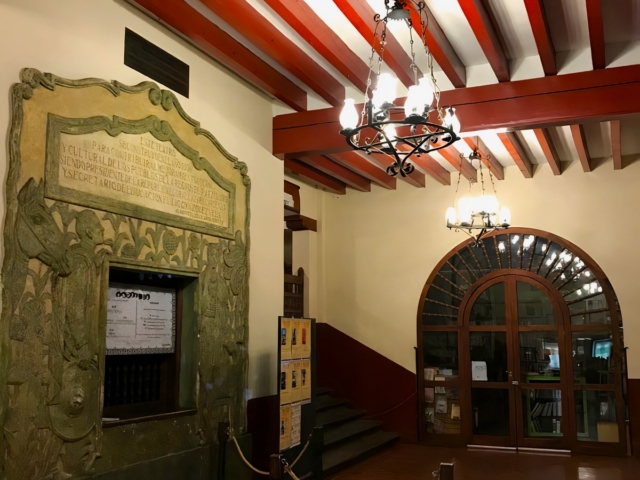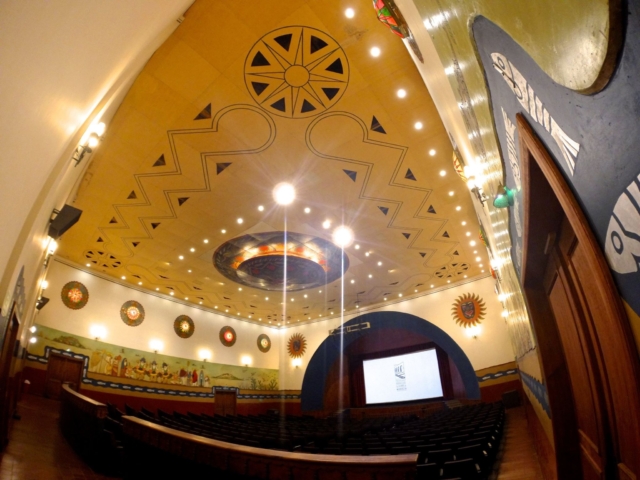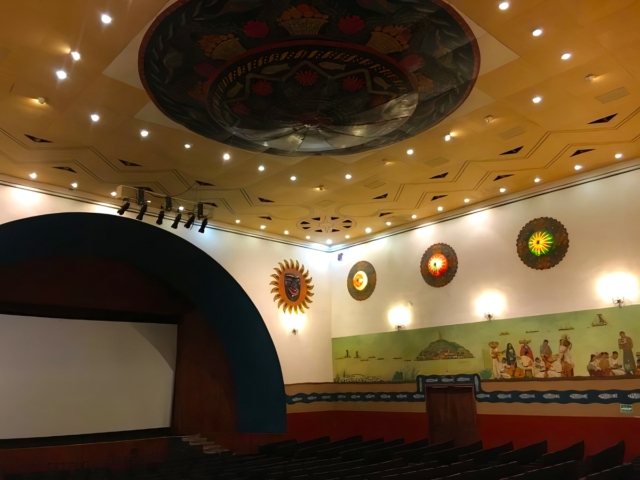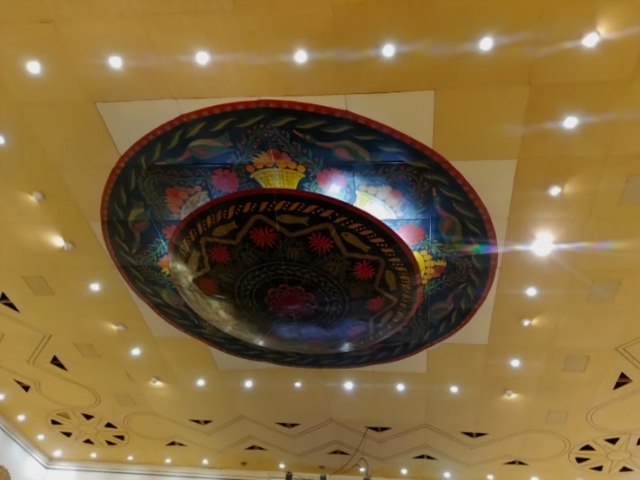
Adress
Plaza Gertrudis Bocanegra s/n, Centro, 61600 Pátzcuaro, Michoacán, Mexico.
GPS
19.516641210377, -101.60858988762
Phone
Web
KNOW MORE PLACES
VISITA OTRAS LOCALIDADES
Although the Emperador Caltzontzin Theatre was built in the first half of the 20th century, the history of its origins is closely linked to two important colonial institutions: the convent of the Order of Saint Augustine, built in the first half of the 17th century, and the Dr. Gabriel García Civil Hospital (originally called the Hospital of Indians), founded in 1672 by the Hospitaller Order of Saint John of God.
The theatre was built on land belonging to the former convent of the Augustinian order, which was built under the command of Prior Fray Francisco de Villafuerte in the 17th century (Source: Roberto Jaramillo Escutia, The Augustinians of Michoacán 1602-1652: the difficult affirmation of a province, Mexico, 1991). The convent was confiscated by the federal government along with all the ecclesiastical property in 1832 as a result of the application of the Reform Laws. In 1882 the Government of Michoacán ceded the former convent to the City Council of Pátzcuaro so that the municipal house could be established there, but the work was not carried out. Later the former convent was divided into 5 parts that were sold, only the temple and an adjoining plot of land where the theater would later be built remained as municipal property.
In 1936, General Lázaro Cárdenas del Río, Mexico’s current president, gave the order for the construction of a “city theater” for Pátzcuaro. To carry out this project, General Cárdenas granted the city council the remaining land of the former convent of the Order of Saint Augustine, although he reserved ownership rights to the federal government. The work on the theater was entrusted to architect Alberto le Due and engineer H. Gómez, and it was inaugurated on January 1, 1938.
The theater hall has important murals in the style of post-revolutionary muralists, with themes of pre-Hispanic cultures and regional crafts. During President Cárdenas' life, many of the most important films of the golden age of Mexican cinema were shown.
In 1939, the theater was leased by the federal government to a board for the maintenance of the city's Civil Hospital. The lease was for 25 years, but the board withdrew from it in 1960. In 1961, the then President of Mexico, Adolfo López Mateos, decided to renew the lease to the board that administered it. Currently, the facility is under the control of the city council.
In 2001, during the administration of Mr. Antonio García as municipal president, the Emperador Caltzontzin Theater was renovated by architect Antonio de Jesús Alba Vázquez. One of the last large-scale maintenance works carried out in the theater was the restoration of the lighting at the beginning of 2010, thanks to the Program to Support the Cultural Infrastructure of the States, a program of the National Council for Culture and the Arts , run by the General Directorate of Cultural Links.
The Emperador Caltzontzin Theatre currently has a medium-sized auditorium, arranged in a square shape; it has a seating capacity of 476 people. The stage, which is Italian-style and has a wooden floor, has a large arch that serves as a frame.
Beginning on October 1, 2010, improvements were made in three stages in acoustic and lighting aspects, with new seats, a projection booth, an automated movie screen, a candy store with popcorn, bathrooms, and an EDUCAL bookstore. Doors were installed in the room to isolate the sound environment from an area of the city with a high traffic of vehicles, and a 35mm film projector was purchased.
In June 2014, a Barco 10Sx digital projector was installed, capable of projecting DCP films in high definition, as well as a Dolby 7.1 surround sound system. It is undoubtedly considered the most important historical movie theater in the state of Michoacán today and one of the most important at a national level.



